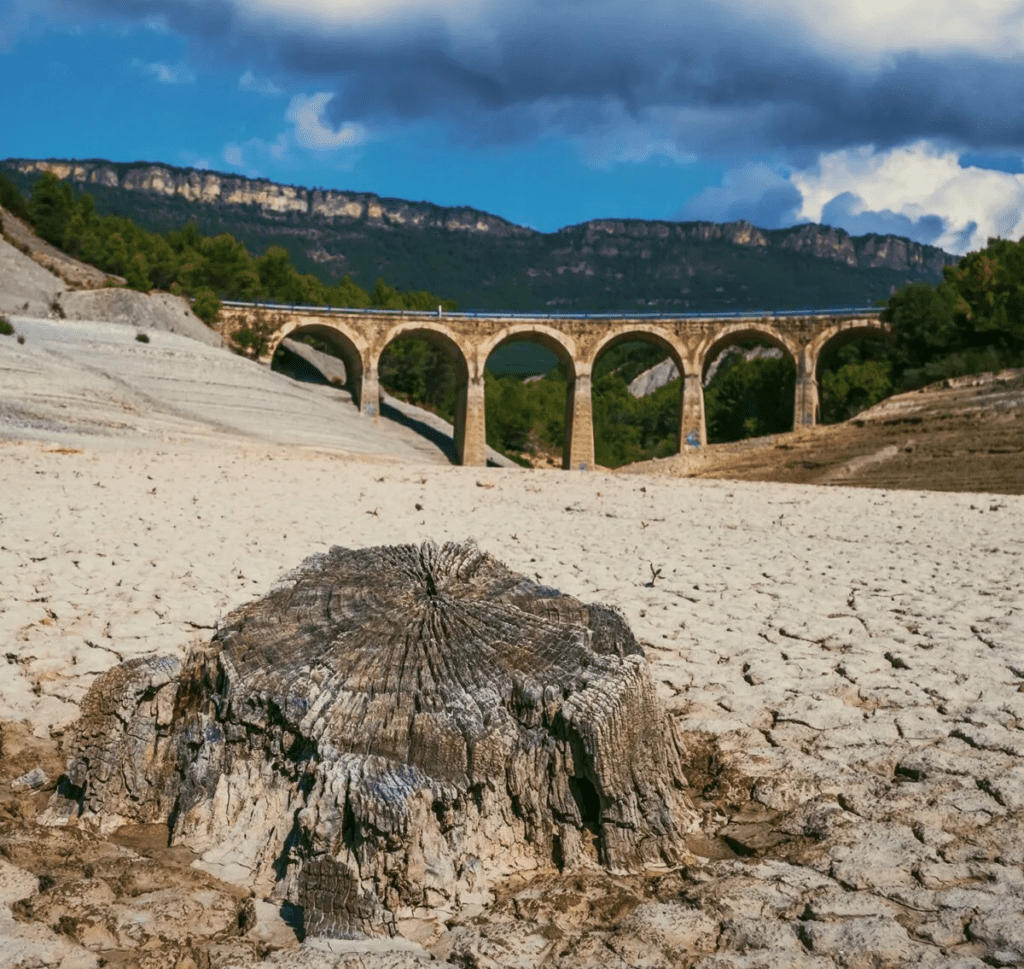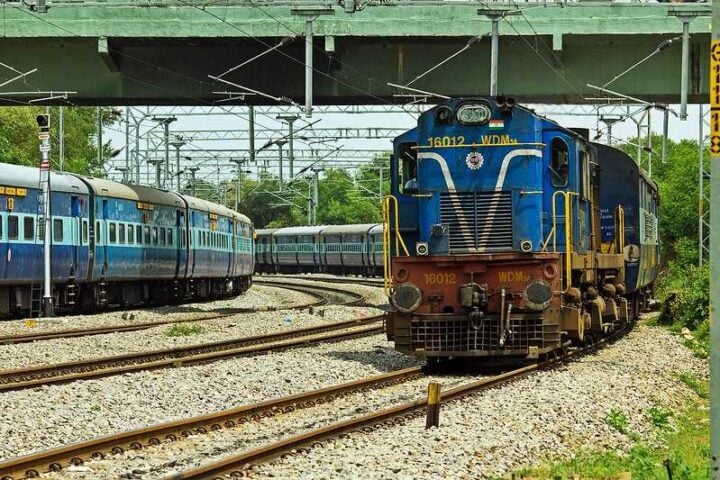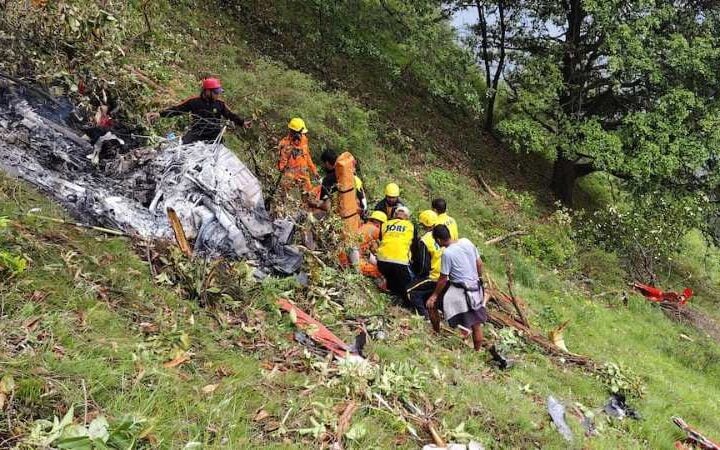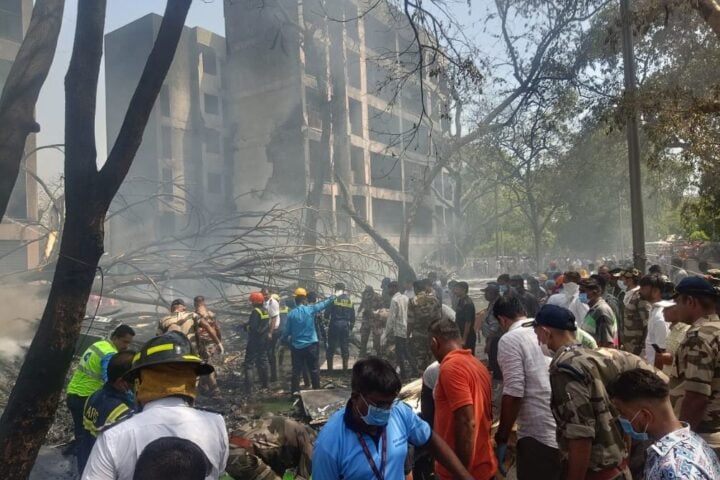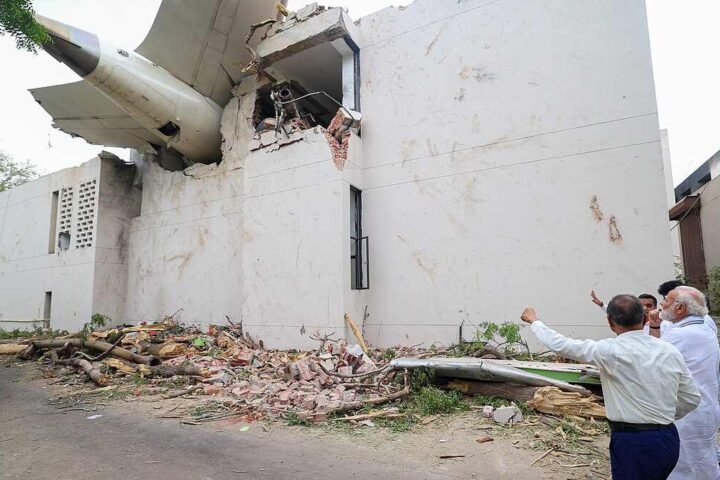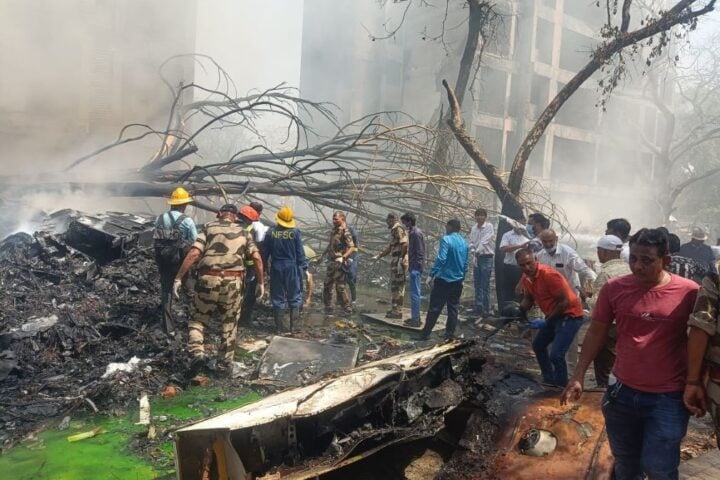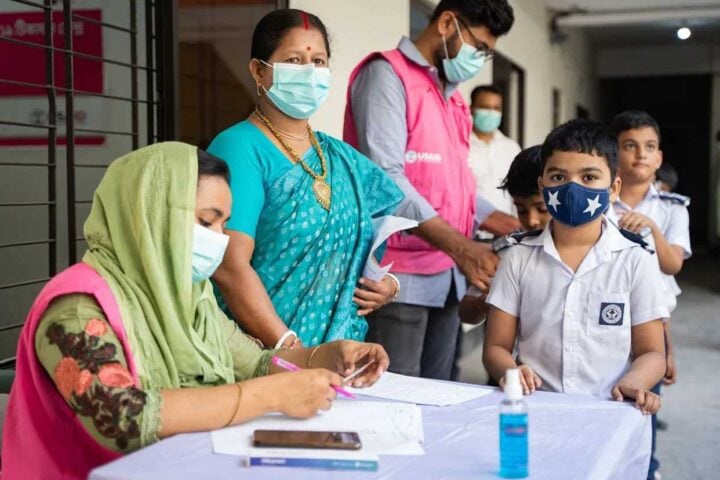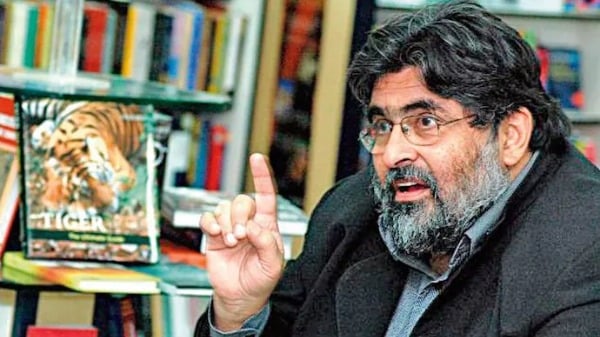The present education system owes its origin to Lord Macaulay and the British Raj’s persistent efforts to inject western occidental values in Indian day to day life. The previously followed education method where the students went to the Guru or teacher to learn. As the times passed & the rulers changed, the medium of instruction also underwent changes. For example, Urdu was taught until class 2nd during Hyderabad Nizam’s rule in Marathwada. As a part of Nizam of Hyderabad State, Marathi was only taught after 2nd class until 10th class. Similarly, our current day education is much of a colonial hangover. A surge in International schools all over India reconfirms our social conditioning and affinity towards everything western. Even western colleges flock for Indian overseas admissions. Does that mean regional indeginous values aren’t good enough for the present day student? Facing the same issues Sonam Wangchuk came up with much needed solutions for the students of Ladakh. Ladhakhi students when a part of J&K weren’t taught the local Ladakhi language or history, geography etc. The innovative ideas of the educationists Sonam Wangchuk have been incorporated in the NEP (New Education Policy) as more emphasis is laid on learning of skills rather than mere bookish methods as well as local knowledge. Staunch opposers of western education system like Claude Alvaris believe that products of western education are incapable and lack the basic human skills like creativity or practical problem solving etc.
Claude Alvaris is also vocal about the so-called Green Revolution, and how the government incentivised the undermining of indegenious organic farming practices carried on in the subcontinent for centuries. The Green Revolution was a front name for the incoming of what was basically industrial farming laced with chemicals. It was mentored by Bharat Ratna C. Subramanyam in the 1960s, under the leadership of then elected few at the centre. The Green Revolution ushered in by Dr. Norman Borlaug & Dr. MS Swaminathan should have solved our food problem. The research carried out by ICAR and Agricultural Universities was supposed to help the farmers to get more yield. It also brought in critical problems like the daily Cancer Express which leaves from Bhatinda to Bikaner, where the Acharya Tulsi Regional Cancer Treatment and Research Center is situated. This train carries cancer patients from epicenter Bathinda to Bikaner for cancer treatment. Most of these cancer patients are farmers dwelling in the chemical farming belt of Punjab. The world wide Cancer statistics presented by Global Cancer Observatory clearly shows the cancer hotspots in North America, Europe and Australia. Surprisingly some countries like Denmark, France, Australia, Norway, USA, Canada, New Zealand etc. top the list for world happiness index as well as for its cancer rate across the world. Other vicious cycles like farmer suicides, debts & also soil degradation due the chemical based farming are evident all across India. The Indian phrase for farmers, “ A farmer is born in debt, lives in simple interest & dies in compound interest “ portrays the harsh situation on ground.
India’s slavish mentality as Indians still follow the western fashion in thought, word & deed. Though 21 June is celebrated as International Yoga Day, a certificate for Yoga teachers from the US, carries more weight as an Yoga Instructor, than a full fledged degree in Yoga from an Indian University or a Gurukul. The idea that everything western or imported is better has been fed in our minds since colonial times. The myths like an Aryan invasion theory were a part of British imperial strategy to undermine the Indus Valley Roots and the treasure of knowledge the sub-continent held for centuries. Thus we think in western fashion. We drink tea in cups & saucers, we eat bread & butter, follow the Gregorian Calendar & we still celebrate All Fools Day on 1st April. Even our sense of humour is fashioned on the western model. Our Constitution & the entire government machinery is modelled on Western style. Britishers divided us and ruled us. Now we have divided ourselves on the caste lines as each caste & community wants it to be declared as backward to get reservation benefits by employment and education. We are divided on the basis of language, religion, race, gender and even climate. A very few of the colonial territories left by Britishers have witnessed long lasting peace. Few examples who didn’t, Israel & Palestine conflict, Indonesian occupation in Papua & Guinea, The never ending armed tensions in Yemen and many more. More than half of Africa is facing an armed conflict in some or other form and all these regions are former European colonies.
During the last 75 years India lost most of the things cherished by the subcontinent. The cottage industries like handloom which gave jobs to local people. The industry was once famous for exporting all kinds of textile including muslin which was considered light as woven air. The Dhaka Muslin saree could be packed in a match-box. Shashi Tharoor in Oxford Debates, elaborates how Britishers degraded the Indian economy which then made up around ⅕ of the world economy. He further goes ahead and demystifies all the various types of plunder carried by the British. India’s indigenous textile industry was destroyed step by step making way for western textile mills. This opened the Pandora’s box. Now India is a big market for what is known as fast fashion. An industrial approach towards clothing where mass volume and quick profits seem more essential than the environment. Today’s fashion industry has one of the biggest carbon footprint and is also degrading many third world countries with gigantic textile landfills. The west, unable to manage its clothing waste, had eventually begun exporting it to third world countries.
A typical Indian village was a self-sufficient unit. In Maharashtra there was a system of 12 “Balutedars” (Artisans) like carpenters, blacksmiths, barbers, etc who used to work for the whole rural society. They were paid at the time harvesting in the form of farm produce e.g. rice, sorghum, maize, wheat etc. This was called Gram Swaraj by Gandhiji. His ideal was Ram Rajya i.e. the ideal governance where the ruler used to be an icon of public service. But the introduction of industrialisation brought in the disruption of various such systems preexisting Jesus Christ.
A country with diverse geography and fertile grounds for various nutritious crops, India doesn’t need to budge when it comes to balanced nutrition. Abundance of fruits & vegetables along with a diverse variety of herbs and medicinal plants makes India a haven for any one seeking a healthy life. Despite all the natural wonders Indian urban class has fallen to the trap of western fast food culture and brands. Health hazards the west is facing due to the same food habits are evident and known globally. Again profit seems more essential over good health in this case, and urban India falls for its taste buds undermining nutrition and health.
In pre-industrial India before the age of plastic, the subcontinent was well versed with the term now known as packaging. But only then was it very sustainable, with leaves and cloth being used for packaging. Big occasions like marriages, festivals or victory parties were celebrated sustainably as the buffets had plates and bowls made from dried leaves. A material like plastic was never required as the sustainable materials were abundantly used by then Indians. This same cutlery has been replaced by plastic uses & throw cutlery. These plastic or polymer based cutlery is creating a hazardous and fatal effect on marine life as it ends up in the oceans due to inferior waste management systems. The reminisce of this sustainable cutlery once Indians used are found in many old school markets in India, but they won’t be found in big Malls or online shopping carts.
The Golden era of architecture should be symbolised by the beauty of ancient structures of a particular region, in India some of which are still standing. A typical Indian household was previously sustainable, with a waste management system. The industrial approach towards architecture has introduced concretisation causing inevitable problems like heat trapping, water logging etc. Urban landscapes have been concretised and have resulted in a spike in tree cover loss. Dsire for convenience due to urbanisation has left key metropolises with population explosion. Big issues like extreme traffic congestion, dangerously high pollution levels due to fossil fuel combustion, lack of waste management systems to cater to high population & many more have arised today.
During his stay in the UK, Dharampal, a Gandhian, stumbled upon Indian archives in the British Museum. He found many revelatory facts, including details that there were more backward class students in Pathshalas or Gurukuls than pupils from higher caste which indicated a complete communal harmony. He says in his book, “The Beautiful Tree”, the Britishers sowed the seeds of divide & rule. While leaving India in1947 they left this ancient nation into India & Pakistan communal lines. Further East Pakistan became Bangladesh in 1971 proving that religion alone is not a guarantee of unity. The reorganisation of States on linguistic basis in 1956 fuelled regional aspirations. Religion, caste, creed & race are some of the reasons abused for dividing India. V.S. Naipaul, the Nobel Laureate of West Indies has described India as a breeding ground for a million mutinies. Not a day passes without some tension that causes loss of life in some part of this nation of 140+ crores of people belonging to different regions, living in cold & hot climates, speaking 22 recognised languages & hundreds of dialects, professing many religions, having various races & colours of skin. Even though Article 17 or the Mandal Commission gave a new dimension to the backward class, leaders like Shahu Maharaj, Ambedkar, Periyar etc. brought the real change.


